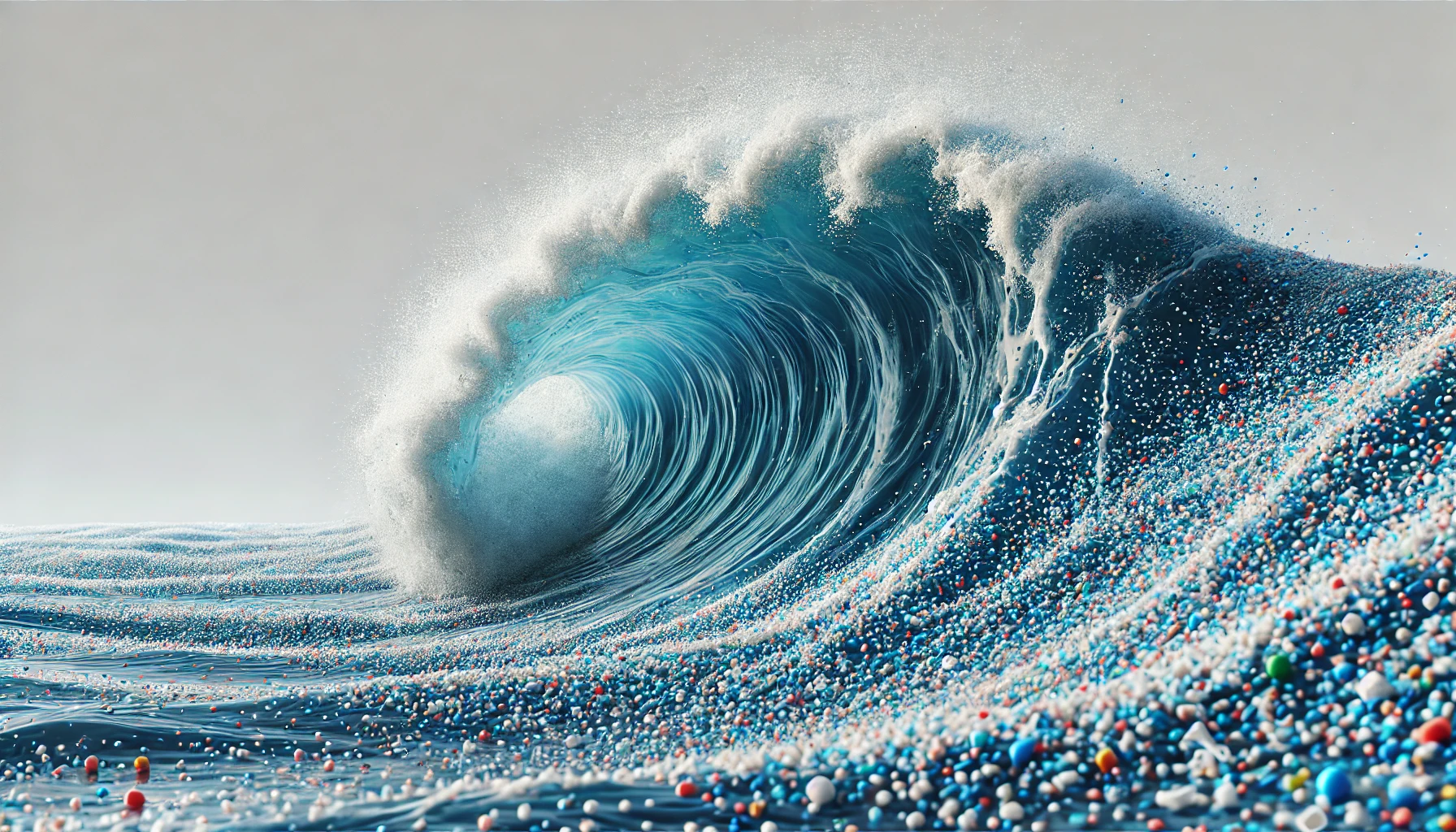
The big wave of plastic particles is yet to come!
A Chinese study from February 2024 shows that the current levels of microplastic pollution are probably just the beginning. Plastic products from the 1980s are only now breaking down into microplastics and nanoplastics. The amount of plastic produced has increased significantly since the 1970s and is expected to continue to increase until 2040. This means that the big wave of small plastic particles is yet to come.
Growing evidence of health impacts
Although research into the harmful effects of microplastics and nanoplastics is still ongoing, there is growing evidence of damage to health. A study by the University of Birmingham suggests that micro- and nanoplastics can trigger and intensify inflammatory processes, which could contribute to many diseases. Italian researchers have found that small plastic particles in vascular plaques increase the likelihood of stroke. British researchers have shown that microplastics damage human cells in cell cultures.
The ’sauce‘ of plastic additives
In addition to the plastic particles themselves, there are the chemical additives that are contained or released in plastic. The Minderoo-Monaco Commission on Plastics and Human Health estimates that in 2015 these additives caused $675 billion in health costs in the US alone. These costs are the result of known health effects from the use of plasticisers such as DEHP and chemicals such as bisphenol A (BPA).

Scientists call for limits on plastic production
Scientists and campaigners continue to call for a cap on plastic production in order to control the amount of plastic being released into the environment. However, the fourth World Plastics Conference in Ottawa in April failed to agree on a global production cap for plastics. Instead, oil states and the chemical industry are campaigning for improved waste systems and recycling.
Epidemiologist and physician Philip Landrigan says the only way to stop the plastic crisis is to limit non-recyclable plastic items. He calls for a plastic cap similar to the Montreal Protocol or the Paris Climate Agreement. Norwegian scientist Martin Wagner advocates regulating 15 groups of chemicals used in plastic production.
What can we do?
In light of these alarming findings, it is important that we all reduce our plastic consumption and switch to more environmentally friendly alternatives, but most importantly, we need to be mindful of what we consume. In the future, the use of microplastic filters in homes will become increasingly important to prevent potential health effects from microplastics in drinking and tap water. Companies and governments are called upon to implement stricter regulations and sustainable solutions.
At Klar2O GmbH, we are actively committed to reducing plastic and promoting sustainable practices. With our innovative Smart Surface Technology, we are helping to minimise microplastic pollution in water and protect human and environmental health.
Together we can stem the tide of plastic and build a cleaner future!
Klar2O GmbH
Werner-von-Siemens-Str.2-6
76646 Bruchsal
Baden-Württemberg, Germany
T. 49 176 92 67 888 6
Klar2O GmbH ©
Klar2O GmbH
Werner-von-Siemens-Str.2-6
76646 Bruchsal
Baden-Württemberg
Germany
+49 176 92 67 888 6
Klar2O GmbH ©
Klar2O
Safe water
for safe life